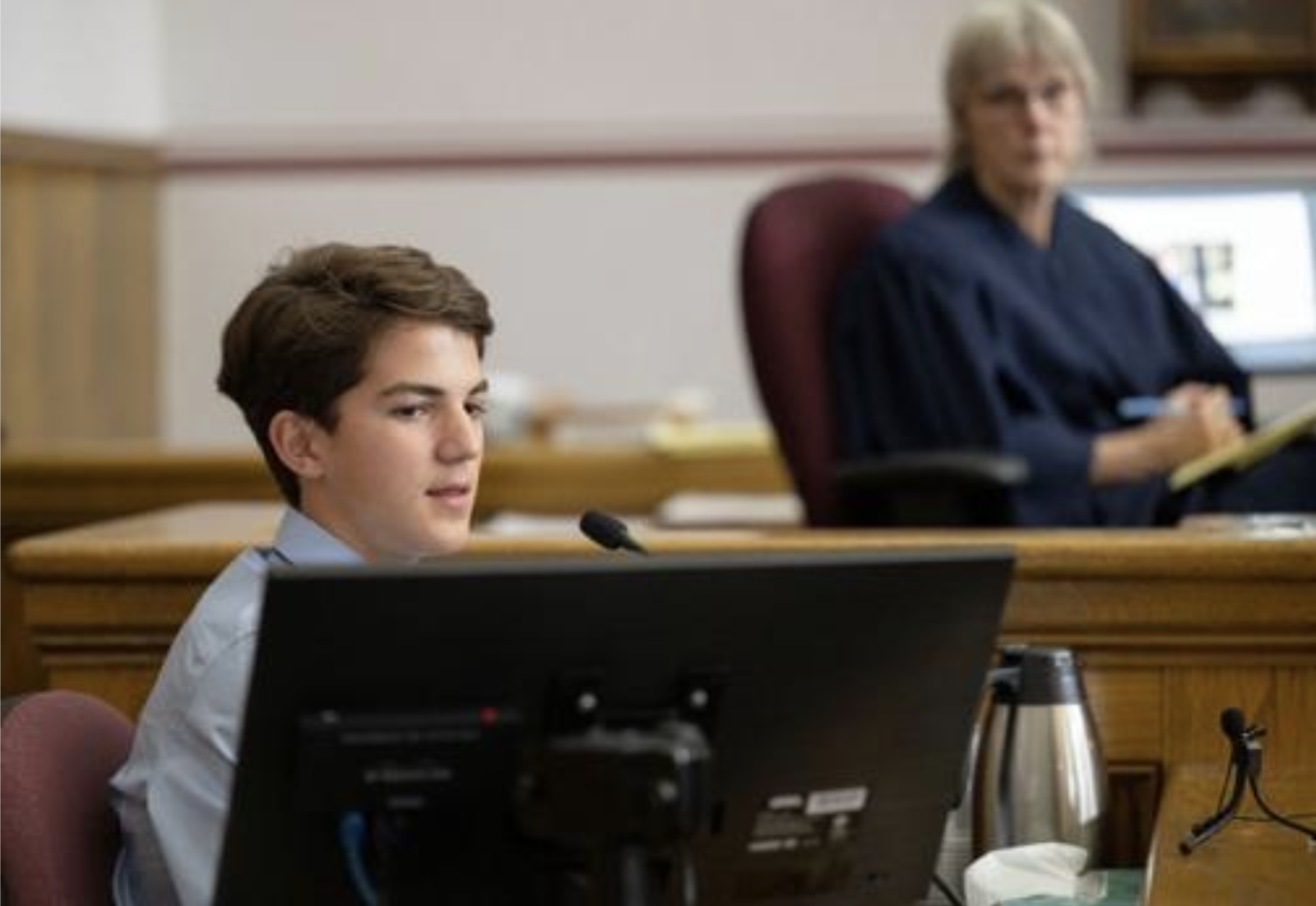At last, the world is acutely aware of the disastrous effects of the climate crisis and the damage it is doing to children. This awareness, however, is not being translated into effective policies to address climate change. Sadly, this isn’t the first time scientific knowledge has failed to result in action to protect children’s rights.
The long fight to protect children from harmful and exploitative work provides a cautionary tale about how international policymakers determined a universal minimum age at which children could work based on politics rather than scientific evidence. This harmful approach has been locked into law for over five decades, with hopes of overturning it still far off.
There is a parallel danger with international climate policies. If international climate negotiators, human rights advocates, and courts allow 1.5°C to remain the proxy legal standard—instead of using data-based metrics to determine states’ obligations—the damage to children and future generations will be serious and irreversible. This is not simply a matter of academic debate: just as the lives of many children have been disrupted and harmed by global child labor policies, current climate strategies will result in injuries to billions of children around the world.
A cautionary tale
Banning children below a stipulated legal minimum age from work is the foundation of the policies governing child labor internationally and in most countries. The minimum age requirement is rooted in the International Labour Organization’s (ILO) Minimum Age Convention No. 138 of 1973, which was intended as model legislation for all national child labor laws. Notably, it remains the basis of ILO policies and programs and underpins much national and international law. Keeping children out of the labor force until an approved minimum age—usually set around mid-adolescence—originated in attempts to curtail child labor in weaving factories in early nineteenth-century Britain. This model spread rapidly through Europe, the colonial world, and beyond.
Although the stated intention of the minimum-age policy is the protection of children, this policy was not based on evidence concerning what is harmful to children and their development. The ILO is a labor organization that answers to governments, employers, and trade unions, all of whom have a say in its policies—hence, its focus on employment rather than potential harm. The decision to pass ILO Convention No. 138 was made despite warnings from many experts in both the Global North and Global South on how it could adversely affect children. An important motive in industrial countries for excluding children from work was to protect adult workers from lower-paid competition and to keep production costs in poorer countries high enough to temper competition with industries in rich countries; these political motives remain apparent today. The ILO has largely disregarded the viewpoints of the young people who are affected by their policies and are widely aware of the present and future damage of these policies on their lives.
There is no compelling evidence that legal minimum-age standards effectively protect children, and in nearly two centuries, their effectiveness has never been systematically tested. There is, however, a large body of research by historians, economists, and social scientists on what happens to children in specific situations, which seriously challenges the claim by the ILO and its allies that its Minimum Age Convention protects children. In an extensive review of this research up through 2010, we found that while in some cases—especially extremely abusive ones—the policy has successfully protected children from harmful work, in many other cases, the policy has harmed those it was intended to protect.
Work can have both beneficial and harmful effects on children, depending on such factors as the nature and hours of the work, the state and situation of the children concerned, and the relations surrounding the work, factors not addressed by prohibitions focusing on age. However, numerous case studies show that a prohibition on work can damage children’s immediate lives and their long-term development. When children in deprived communities are prevented from working, they and their families often lose means for livelihood and sometimes for education. Removing children from formal employment sometimes drives them to more dangerous and exploitative forms of work. A prohibition on work can also disrupt social life where families learn and share responsibility for each other—it can hinder learning skills on which family livelihoods depend and destroy the respect children gain from contributing to their communities. Campaigns against child labor often denigrate children who take pride in their work.
Recent research indicates that the interests and perspectives of young workers continue to be subordinated to adult political interests. Demand has increased among independent sources for different and better standards that protect and promote the interests of children who work. Despite continuous calls for action, the ILO continues to oppose this demand, and UNICEF and other agencies have supported its position. These agencies try to maintain an illusion of moral high ground, claiming to defend children’s rights while ignoring evidence of harm.
History repeats itself
This story illustrates how a political rather than science-based agreement on an international minimum age became—and remains—the widely accepted standard. It is hauntingly reminiscent of how the temperature targets established in the Paris Agreement—1.5°C to 2.0°C— became the holy grail of international climate policy.
Similar to how the ILO policy originated in the UK and spread rapidly through the colonial world, Germany and the Netherlands are largely responsible for launching the campaign for 2.0°C, which the major emitting states quickly embraced. The ILO answers to governments, corporations, and unions; climate negotiators are beholden to colonial governments and the fossil fuel industry, whose main concern is not protecting climate rights but maximizing campaign funds and corporate bottom lines. And, as the minimum-age requirement was adopted despite clear science-based warnings, so too was 1.5°C–2.0°C.
The Conference of Parties (COP), corporations, and even federal departments of justice have also emulated and intensified the ILO’s resistance tactics. The generation in power repeatedly and definitively affirms that climate change imposes serious harm on the young among us and is the defining issue of our time. Yet, they continue to prioritize fossil fuel development while dismissing—and even silencing—calls to implement urgent, life-saving action from young climate defenders.
|
– Judge Kathy Seely, Held v. Montana, August 13, 2023 Image credit: Robin Loznak
|
Most importantly, both the Paris temperature targets and the ILO’s minimum age policy immediately harm myriad children’s rights, resulting in injuries that can last a lifetime. Innumerable scientific studies find that 1.5°C is categorically dangerous, especially for children, and that, instead, humanity must aim to restore the level of CO2 in the atmosphere back to the safe zone of 350 ppm or less. Indeed, the Intergovernmental Panel on Climate Change (IPCC) has concluded that “warming of 1.5ºC is not considered ‘safe’ for most nations, communities, ecosystems and sectors and poses significant risks to natural and human systems as compared to the current warming of 1ºC.” Ignoring the scientific evidence leaves climate negotiators in a familiar struggle with that of the ILO and its allies: attempting to maintain the illusion of its moral high ground and claiming to defend children’s rights while ignoring evidence of harm to children.


